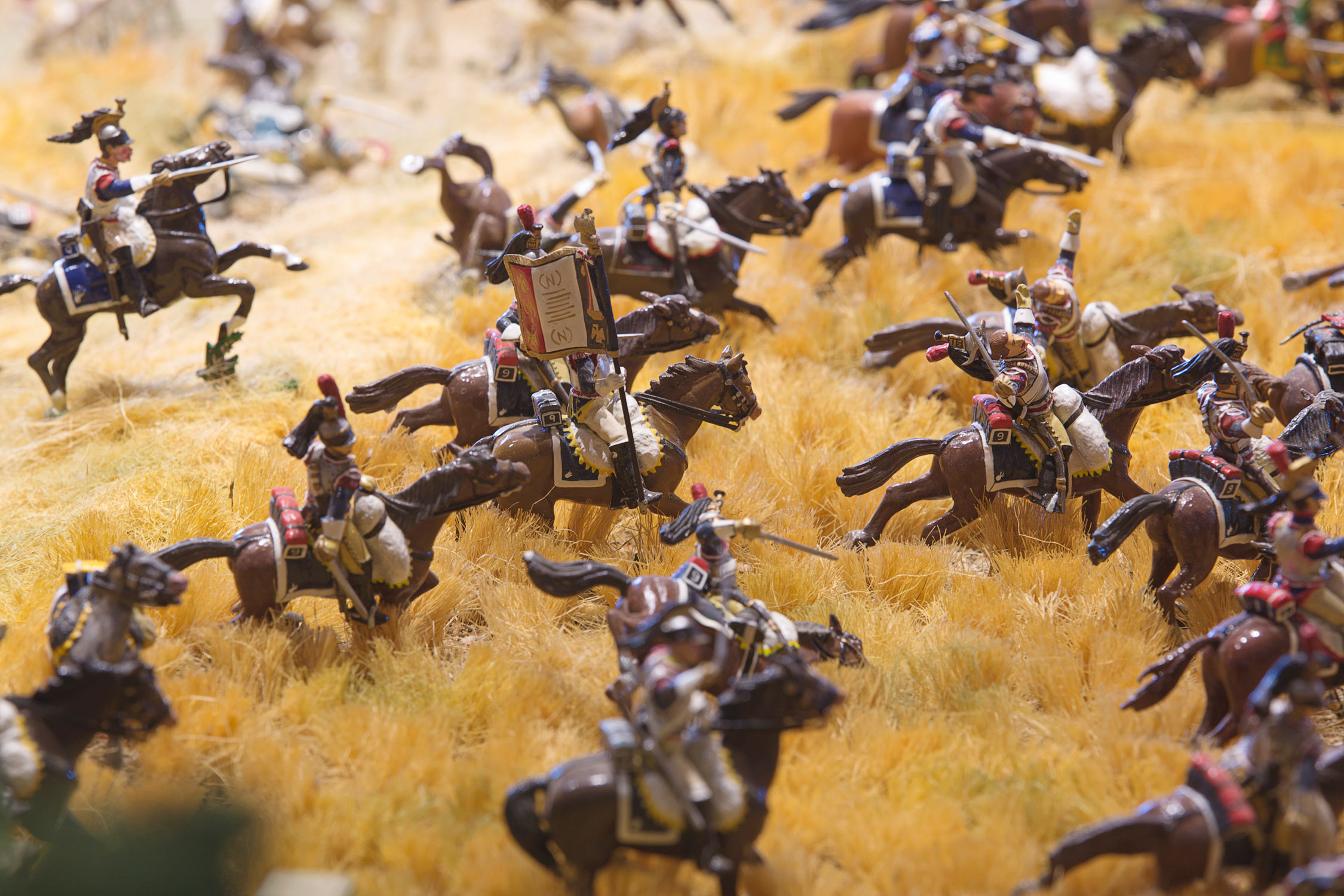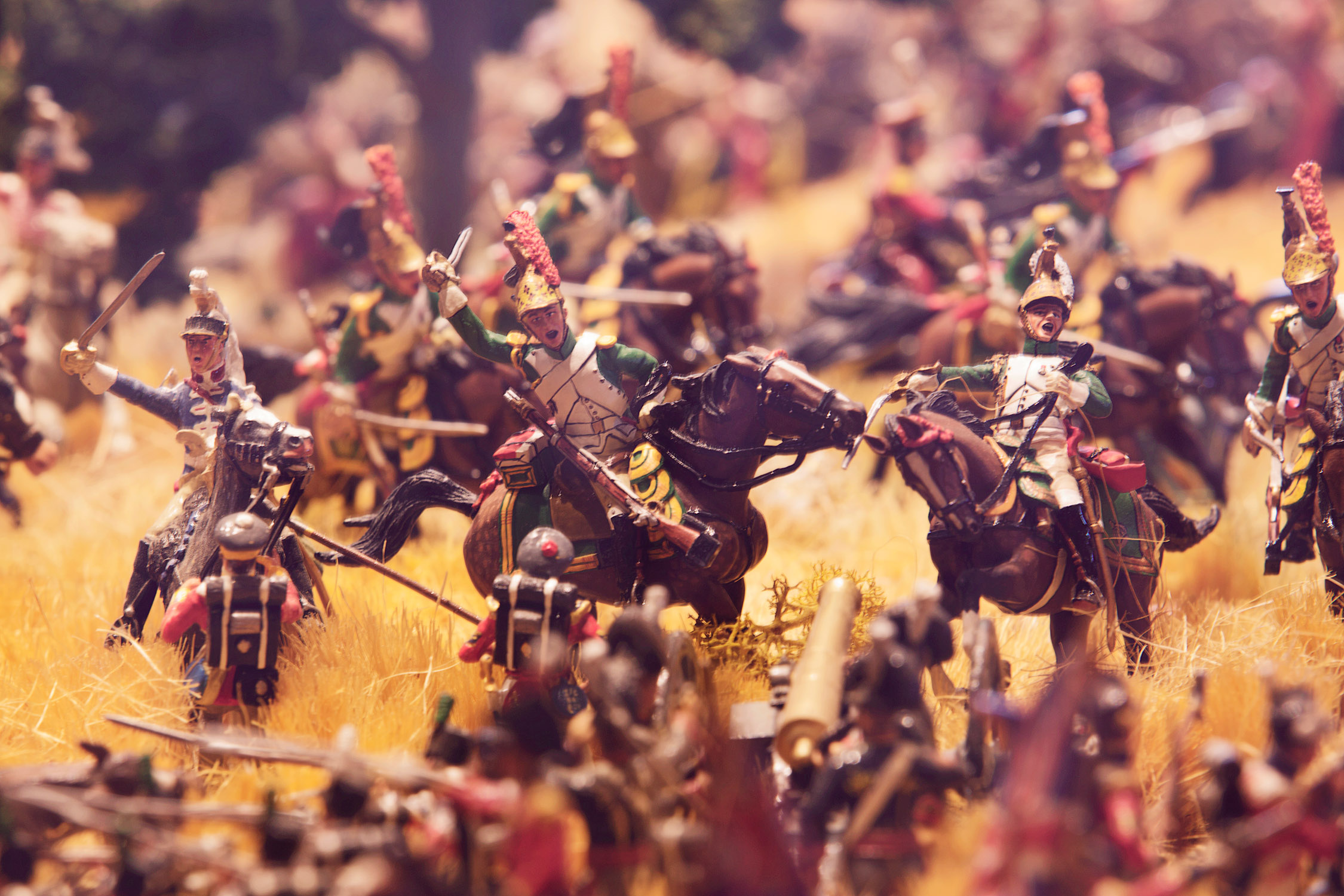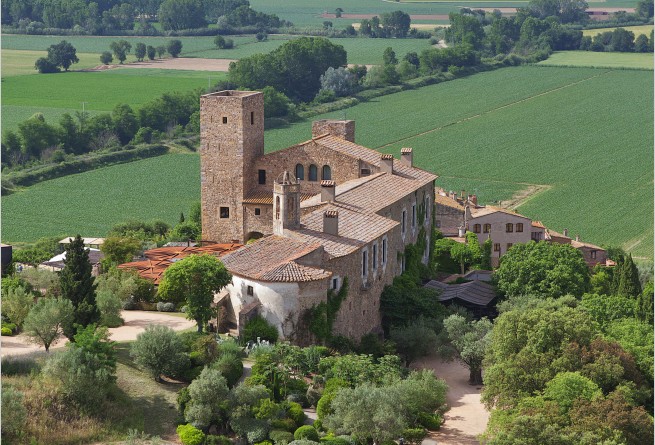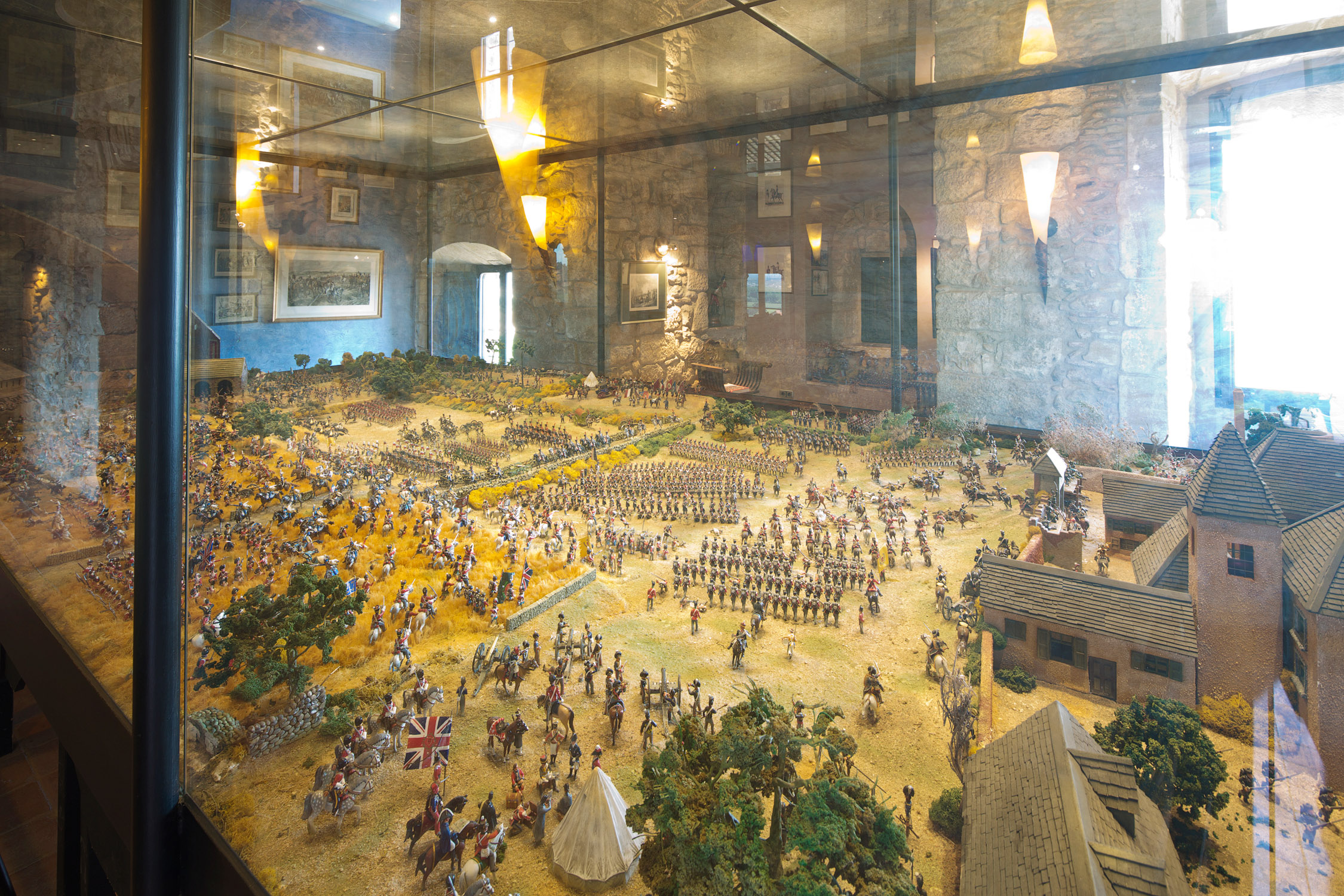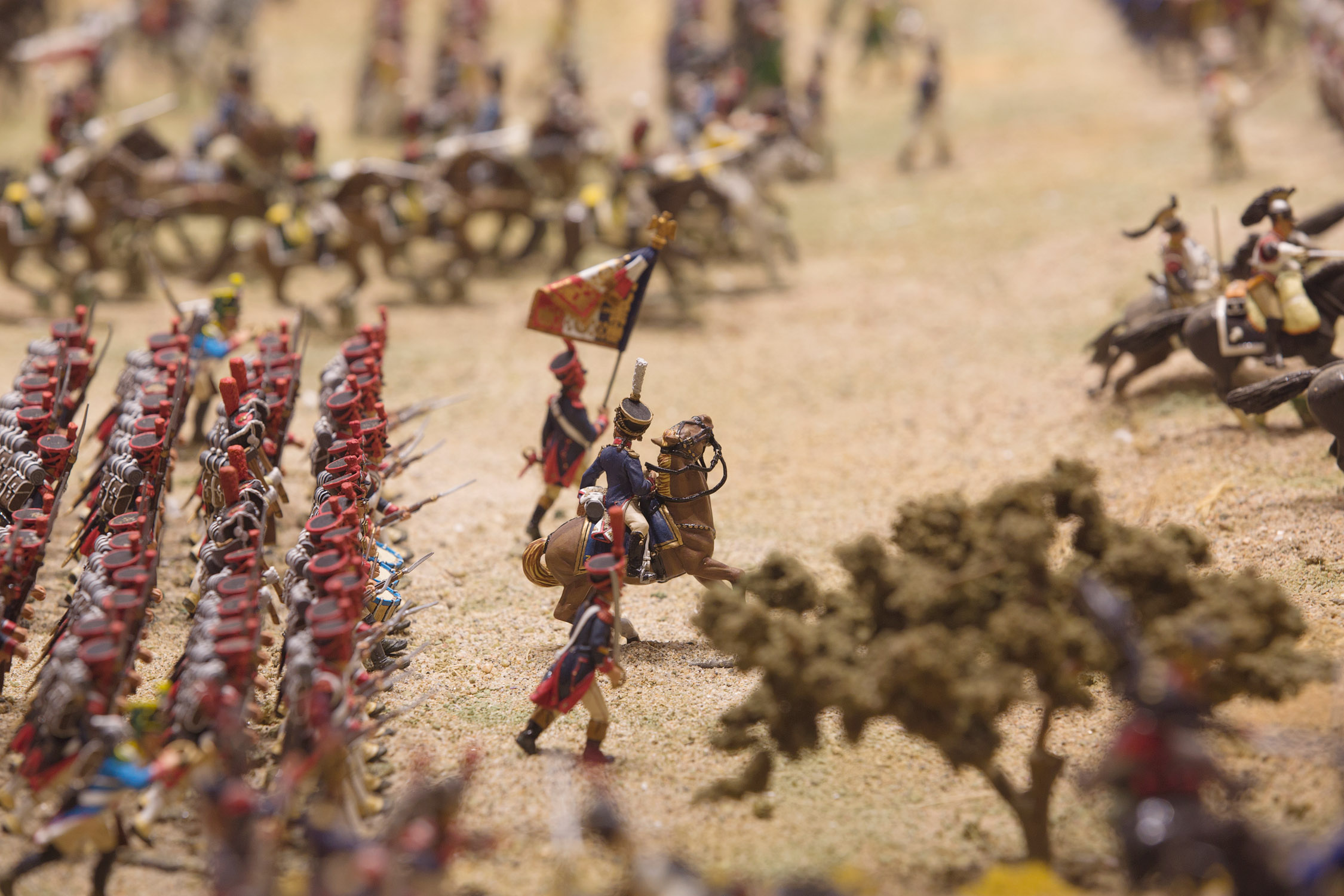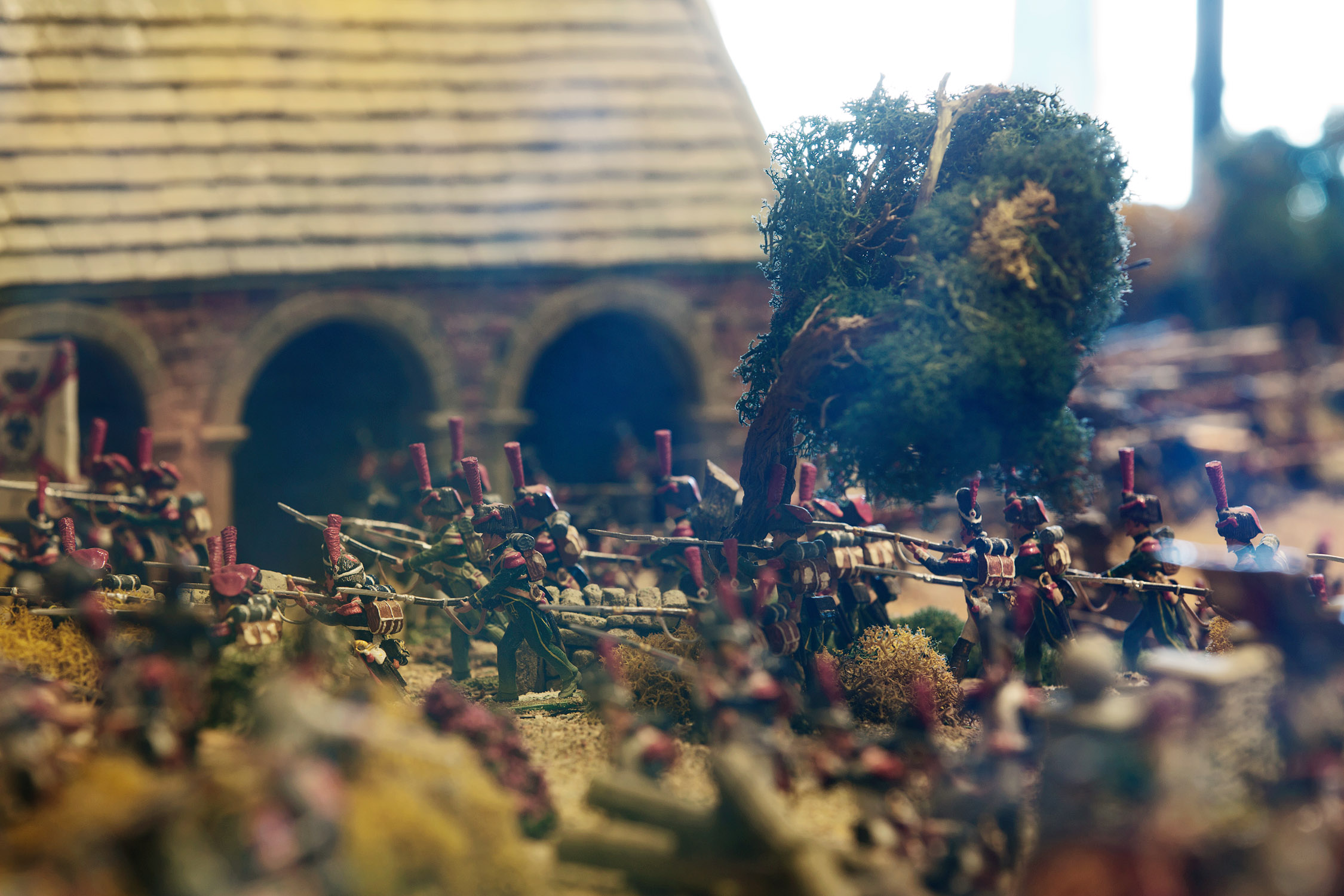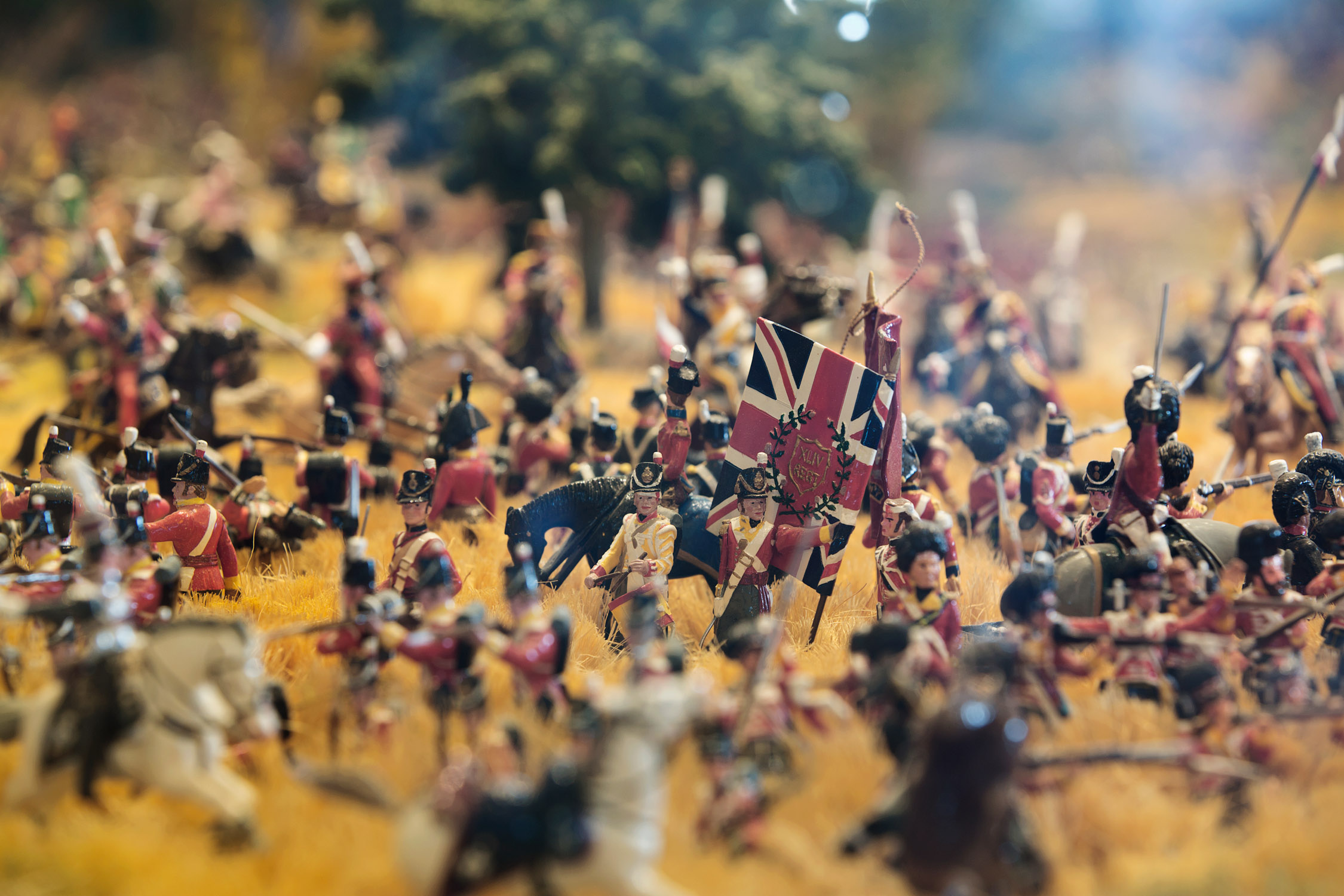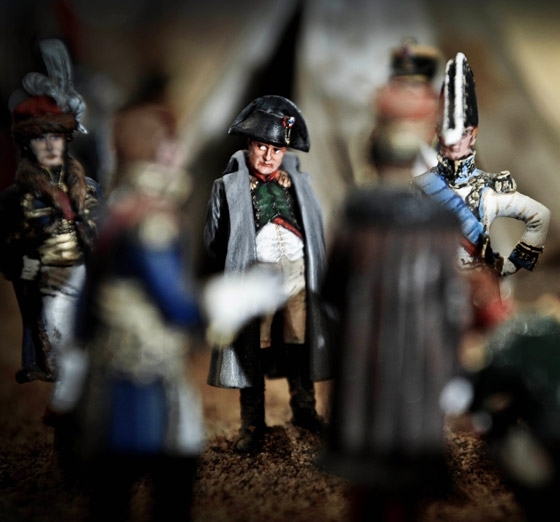Castell d’Empordà
Miniature armies.
With Gaudi’s cathedral in Barcelona and Dalí’s surreal theatre museum for starters, Spanish Catalonia already has its share of the quirky. Add to those Castell d’Empordà, a gorgeously restored 14th century castle whose secret heart is a famous battle—in miniature.
A hill-top setting, just beyond the pottery town of La Bisbal d’Empordà, gives the four-star boutique hotel wraparound views of lush meadows and vineyards. The towered landmark is authentically medieval made comfortably modern without losing any of its original fairytale charm. Swimming pool, tick, smart Catalan cuisine, tick, the castle has plenty of draws for visitors. But what makes it unique is its Napoleon room, home to maps, paintings, and a colossal scale model of the Battle of Waterloo. At 18 square metres (or roughly the size of a Parisian piedà-terre) it’s the biggest in Europe.
The hotel’s Dutch owner Albert Diks became fascinated by castles in Spain while vacationing there as a boy. In the winter of 1999, he and his wife, Margo Vereijken, came upon the derelict castle. (At some point Salvador Dalí had tried to swap paintings for this fine piece of medieval real estate. The then-owner did not agree so Dalí bought a castle in nearby Púbol instead.) What Diks purchased was a ruin, uninhabited for 80 years. Restoration took 18 months, and in the spring of 2001, Castell d’Empordà opened its doors to its first guests.
The fascination with Napoleon began when Diks was only nine years old. His grandfather had a hand-written diary from an ancestor who had spent time in the emperor’s service. Years later, in London on business, Diks spied some tiny lead soldiers in a shop window and was hooked. Over the years, he added to his miniature armies, “recruiting” in Russia, England, China, Spain, Italy, and France. They range in height from 54 to 60 mm tall; about 2000 are used in the model, along with 500 horses, plus minuscule battle equipment, all painted by hand.
As he collected the brigades, Diks says, “I made plans for the terrain,” scaling down the height of the land, and outlining tiny roads. He commissioned a company in nearby Girona to build it. “When we started rebuilding the castle,” says Diks, “my wife suggested I move the model.” The whole process took 18 months, and the vast model, a 20-year project, was moved to Diks’s house before taking its permanent residence at the hotel.
Amazingly detailed, it’s a popular attraction for guests. Noses pressed to the glass, they crowd around it, trying to locate Napoleon himself. Soon it’s likely to impress a wider audience. The bicentenary of the Battle of Waterloo happens in 2015, and talks are already in the works for Diks’s model to play a part.

